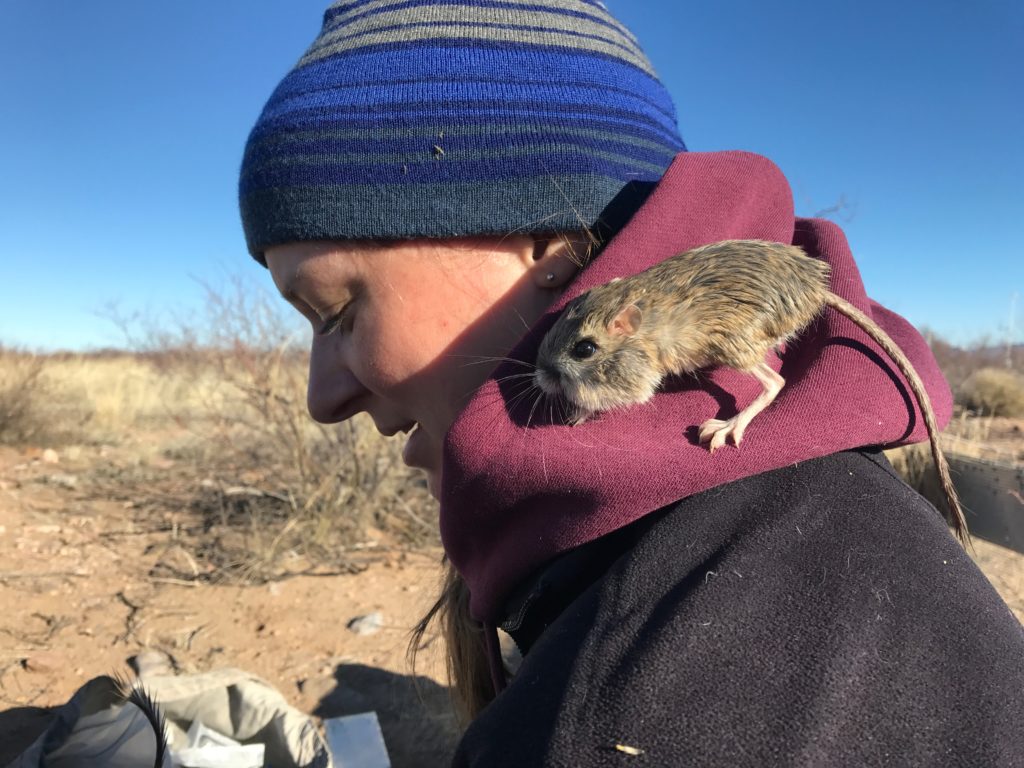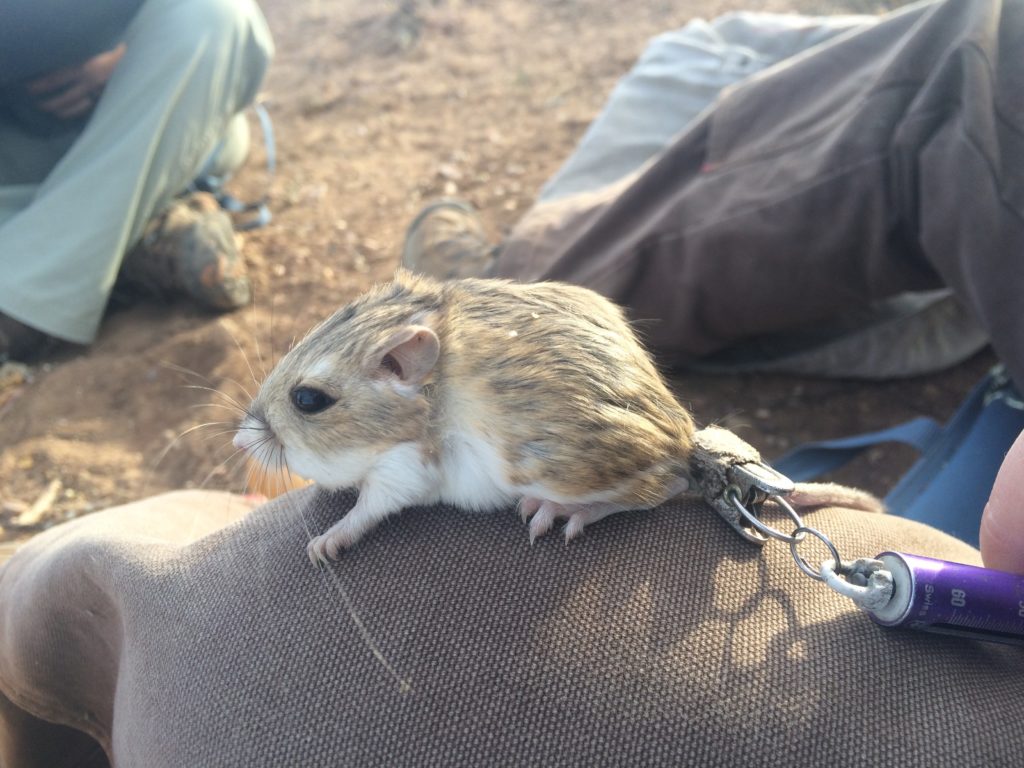Although many experiments are conducted within the physical boundaries of the Jornada Basin, the Jornada’s influence is much wider reaching! The Jornada Basin LTER program is special because it relies on its own long-term data to inspire new studies–both within the Jornada Basin and across the globe-spanning LTER network. The resulting scientist collaborations and data syntheses create research with global impacts! Below is a recent example of Jornada Basin LTER knowledge being used in a seriously big way:
A recent paper in Global Change Biology by Cárdenas et al. highlights the work of Jornada researchers Erica Christensen and Bob Schooley. They, along with other scientists, synthesized data from multiple LTER sites to relate climate data, such as temperature and precipitation, to rodent populations in Arizona, Colorado, and New Mexico from 1995 to 2014. They found that the best predictor of rodent populations was the Pacific Decadal Oscillation, a ten year cycle of extreme pressure and temperature abnormalities in the Pacific Ocean that cause both wet and dry seasons in the Southwestern United States. During times of wetter climate, their findings showed that increased plant productivity served as the main predictor of rodent abundance. However, during periods of drier climate, regional variations in climate best explained the observed patterns in rodent abundance. Their research concluded that both spatial variation and climate patterns (even on a global scale!) are crucial for understanding how lower-level consumers are responding to climate change. To read the full article, click here. DOI: 10.1111/gcb.15672

